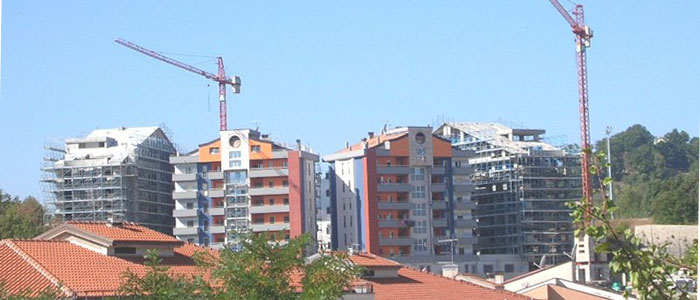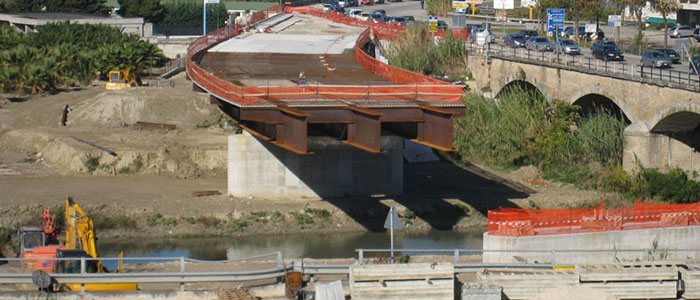Non-destructive testing on reinforced concrete
The progressive decay of reinforced concrete structures built in the 50′ and 60′ requires, as of today, extensive maintenance and monitoring campaigns, ensuring perfect reliability and resistance of the building and preserving it to avoid dismantling and the inevitable costs due to a reconstruction.
For many years, destructive tests have been the only methodology used to verify the state of wear and deterioration of reinforced concrete structures. Unfortunately, techniques such as coring, while having a high degree of reliability, have also a high degree of invasiveness, often causing a general weakening of the area.
The DM 14.01.2008 (NTC 2008) and the subsequent explanatory circular no. 617/2009 define the measure of the constructing details’ relevations and the tests to be performed on reinforced concrete buildings to determine the mechanical characteristics of the materials.
In this context enter non-destructive testings, which, not causing any damage to the structures, allow to increase the “levels of knowledge”, estimating strength, quality and consistency of concrete , determining position and diameter of the reinforcing bars, and becoming essential in anticipation of an improvement project or a sismic adjustment, or following a change of use. Circular 617 states that “For the purpose of materials testing, replacing some destructive tests, not more than 50%, with a larger number, at least three times as much, of non-destructive testing, alone or in combination, set to accommodate the destructive ones, is allowed”;
It’s therefore possible to make use of non-destructive tests to support, or in some cases as an alternative to, destructive tests. Below we list the methodologies that are used in our company:
For many years, destructive tests have been the only methodology used to verify the state of wear and deterioration of reinforced concrete structures. Unfortunately, techniques such as coring, while having a high degree of reliability, have also a high degree of invasiveness, often causing a general weakening of the area.
The DM 14.01.2008 (NTC 2008) and the subsequent explanatory circular no. 617/2009 define the measure of the constructing details’ relevations and the tests to be performed on reinforced concrete buildings to determine the mechanical characteristics of the materials.
In this context enter non-destructive testings, which, not causing any damage to the structures, allow to increase the “levels of knowledge”, estimating strength, quality and consistency of concrete , determining position and diameter of the reinforcing bars, and becoming essential in anticipation of an improvement project or a sismic adjustment, or following a change of use. Circular 617 states that “For the purpose of materials testing, replacing some destructive tests, not more than 50%, with a larger number, at least three times as much, of non-destructive testing, alone or in combination, set to accommodate the destructive ones, is allowed”;
It’s therefore possible to make use of non-destructive tests to support, or in some cases as an alternative to, destructive tests. Below we list the methodologies that are used in our company:



